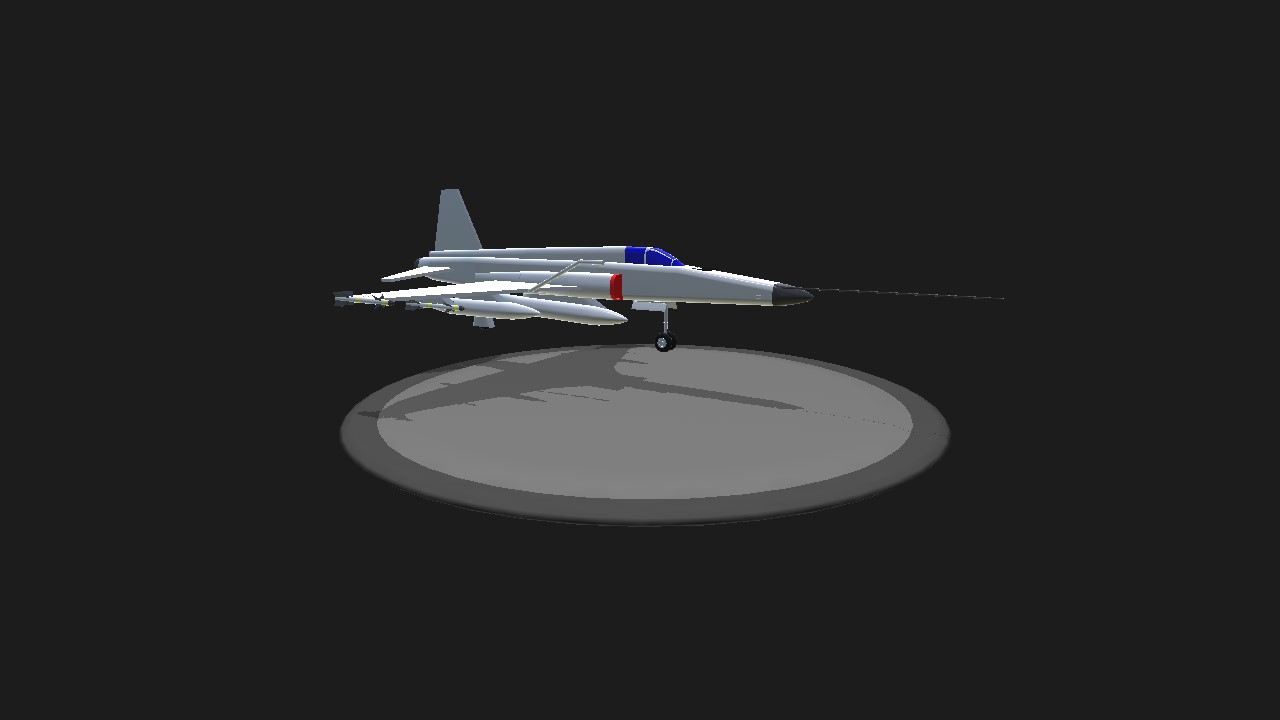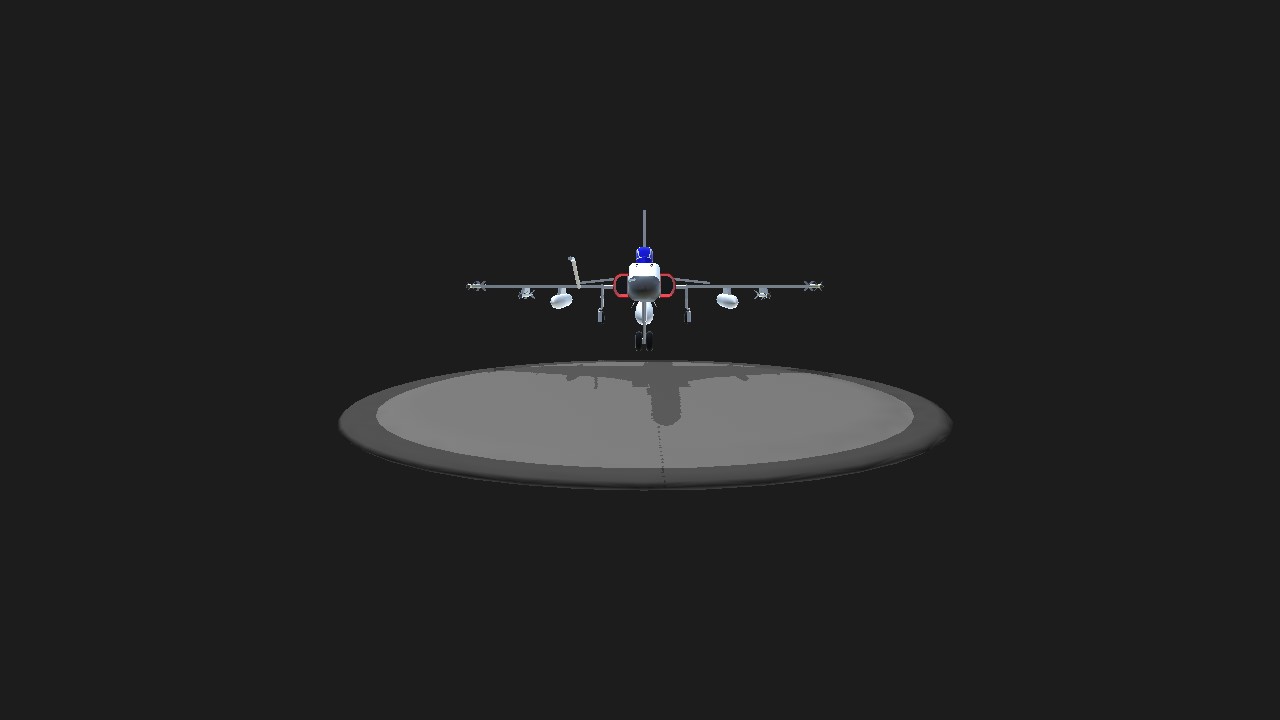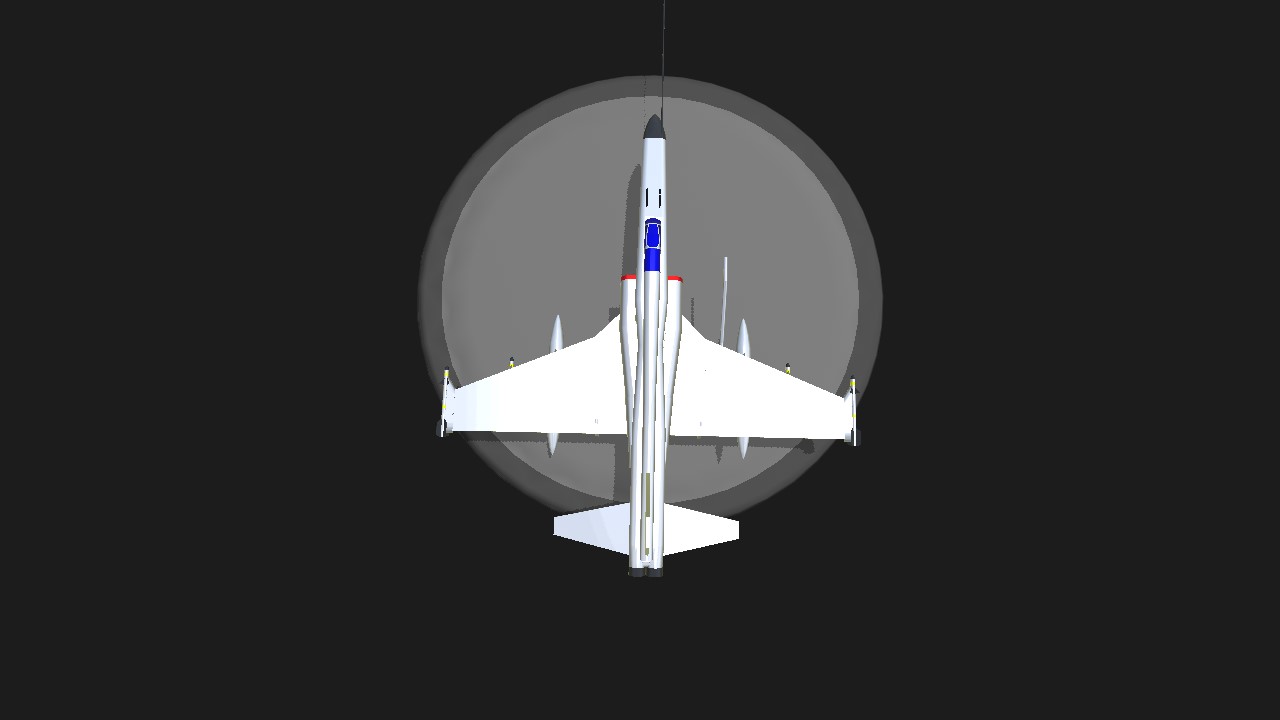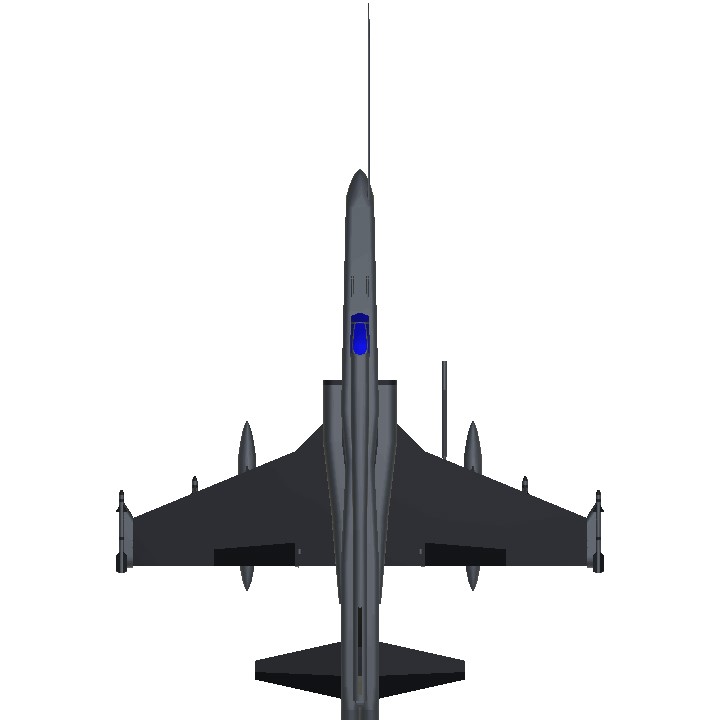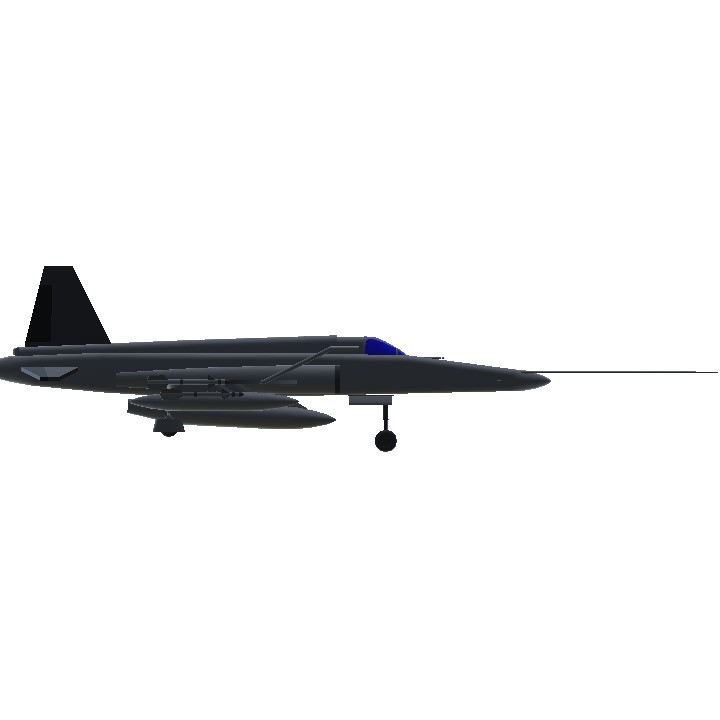The Soryu is a supersonic fighter produced as a joint venture between Honda and Alkatsia.
Obligatory wall of text:
History: In 1961 Hyugan Army start looking a new aircraft as a replacement for their aging Type-51 subsonic fighter, The military then placed order for a supersonic interceptor, the aircraft then named Hayabusa was experiencing delay and doesn't enter service until early 70s, so the military look towards honda for a stopgap measure until the hayabusa could be produced, a year earlier honda partnered with Ostland manufacturer Altkasia to produce a commercial design however said design has no found any buyer and thus shelved.
When the military was looking for a fighter design honda just used the previously shelved fighter and modified it slightly (Namely adding an extra engine and making the airframe slightly larger), the military accepted the type for production in 1963 and began entering service in homeland defence in 64, southeast Asian colonies in 65 and started to be exported to client states in the same year, the type was a commercial success and enjoy a long career well into the 2000s.
Description:
The aircraft have a rather unorthodox design for the time for a fighter, having two engine, placing it's intakes on the side of it's fuselage instead of the nose and a mix of Gun and missile armament (most fighter of the time is only armed with either one of them). Flaw of the fighter is that while it's fast and maneuverable, in order to make it at least cheap enough to be mass produced it sacrifice some parts of the plane which includes:
•Having a rudimentary Radar, meaning it cannot use radar guided missile, limiting it to only using the (useless) laser guided missile untill in 1965 when the first hey seeking missile was introduced.
•Having a small fuel tank, necessitating the use of three bulking drop tanks, reducing the aircraft speed.
Armament:
Internal
2x 30mm revolving cannon
Optional:
2x laser guided air to air missile (Type-65 Ko and Type-65 otsu)
2x Heat seeking missile (Type-65 Otsu, Type-65 Hei, and Type-65 Tei)
4x Heat seeking missile (Type-65 Hei and Type-65 Tei)
2x Heat seeking missile and 2x 250kg bomb (Type-65 Tei)
User:
Hyugan Army Air Service
Hyugan Colonial Army
Ostland Defence Force
Egyptian Airforce
Syrian Airforce
Indonesian Army
Japanese Air Self Defense Force
Royal Australian Airforce
Tanzanian Airforce
Variant:
Type-65 ko, original production model (1963)
Type-65 Otsu, Improved Production Variant, introduced Heat seeking missile (1965)
Type-65 Hei, Modernized Variant, improve upon the engines and radar, add wingtips pilon for missile (1967)
Type-65 Tei, Final Production and most produced model, Enable the wing hardpoint to carry bomb (1970)
Mitsubishi F-4, Licensed build version for the Jasdf, based on Tei variant (1977)
Manual of usage:
Due to the aircraft having a rather high landing speed the aircraft have a parachute on the tail to reduce speed during landing, use it ONLY AFTER touching the ground, using it before would lead to crash the parachute is activated by control group two
To eject the drop tank use control group one
Note:
Yeah finally remember to make this thing, it actually took me longer to write the wall of text than to make the aircraft themselves... Maybe I should stop doing that, anyway tomorrow I'll probably uploaded a biplane fighter, see ya
Obviously based on F-5 Freedom Fighter
Specifications
General Characteristics
- Predecessor P-51 Mustang
- Created On Android
- Wingspan 41.6ft (12.7m)
- Length 62.1ft (18.9m)
- Height 15.9ft (4.9m)
- Empty Weight 15,311lbs (6,945kg)
- Loaded Weight 17,346lbs (7,868kg)
Performance
- Power/Weight Ratio 1.295
- Wing Loading 42.2lbs/ft2 (206.2kg/m2)
- Wing Area 410.7ft2 (38.2m2)
- Drag Points 4099
Parts
- Number of Parts 71
- Control Surfaces 5
- Performance Cost 331

